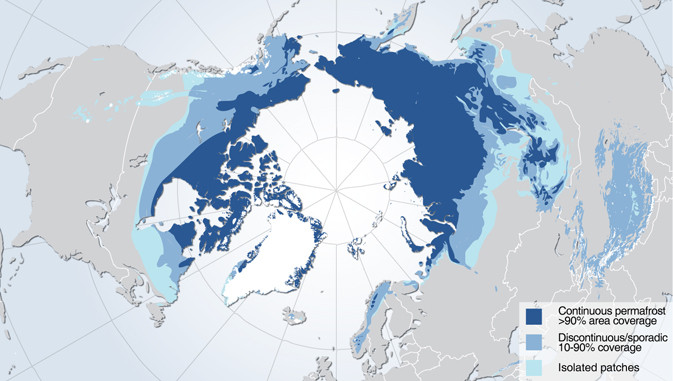'Gateway to the underworld' crater in remote Siberia keeps expanding as permafrost melts
The Batagaika crater is a megaslump that continues growing.
In a remote region of Siberia, near the Yana river basin, a crater locally known as the "doorway to the underworld" continues to expand.
Its real name is the Batagaika crater and it is a "megaslump" - a giant crater, reaching a size of 1km long and 86 metres deep. It is likely that these features will grow even more in the near future.
Megaslumps have been associated with the region's melting permafrost — frozen ground that had been below zero centigrade for two or more years continuously, and which covers much of the region. As the planet warms up, permafrost thaws and the Earth loosens and slumps, forming these vast craters.
Although melting permafrost is potentially bad news, the Batagaika crater is a source of constant fascination for the scientific community.
Researchers believe that they can learn a lot from studying the processes by which it formed and is now expanding. They also hope to yield clues about the way our planet looked like in the past.
In February, researchers published a number of findings following a reconnaissance study at the crater, during which they had sought to answer key questions about environmental and climatic change in northern Siberia in the Quaternary (the period spanning the last 2.6 million years).

The researchers say the crater now exposes large layers of sediments and permafrost which had previously been buried. Analysing these layers, they found that they could reveal 200,000 years of climatic history and shed a light on the geological and environmental history of the region.
Two wood-rich layers studied in the crater are believed to have once been forests.
As the "gateway to the underworld" continues to grow, more work will be conducted at the site to enrich scientific understanding of ancient climatic processes in Siberia.
© Copyright IBTimes 2025. All rights reserved.






















